Dog collars not only make dogs look cute, energetic, and stylish, but they also help owners easily walk and control their dogs during training. However, many people choose the wrong collars for their dogs, which can lead to negative consequences.
1. The Impact of Collars on Dogs
Dog collars directly affect the health and psychology of dogs. If a collar is too tight, it can cause pain and affect the dog’s bones, making it difficult for them to move. Worse still, it can affect their respiratory system, causing breathing difficulties and suffocation.

Collars made of rough, stiff materials can cause bruising, scratches, and even bleeding, and may lead to skin inflammation. Additionally, a tight collar can create a feeling of irritability in dogs.
2. How to Choose a Suitable Collar
To avoid negative impacts on the health and psychology of pet dogs, owners need to know how to choose the right collar. Here is a guide on selecting a suitable collar for your furry friend:
Learn About Different Types of Collars
a. Common Types of Collars
These are usually made of leather or nylon and feature a buckle or clasp that can be adjusted for size. This type of collar is recommended for dogs, especially those new to wearing collars.
Flat Collars
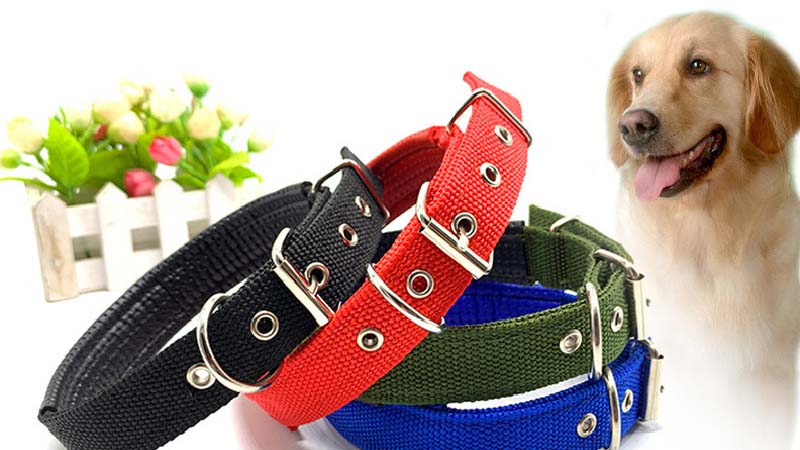
Flat collars are typically made of canvas with a padded inside to ensure comfort for the dogs. They often come in various colors and can be paired with bells or bows, adding a cute touch to your furry friend’s look.
Quick-Release Collars
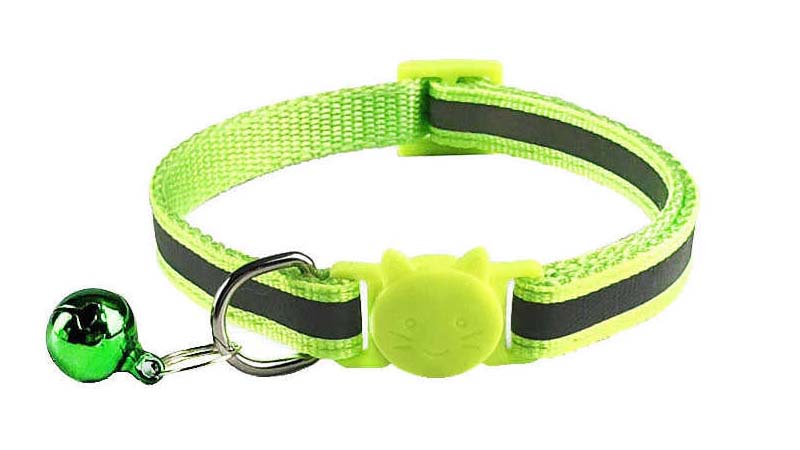
These collars are similar in design to flat collars but feature a quick-release buckle. This type of collar makes it easy to put on and take off.
Harnesses

Harnesses are usually made of synthetic fiber and are designed to make walking your dog easier without hurting their neck. Moreover, they are convenient to put on and take off, and they are generally sturdy and durable.

b. Training Collars: Metal chain collars and prong collars. These are not recommended by veterinarians as they can negatively impact dogs by causing breathing difficulties and severe injuries due to the prongs.
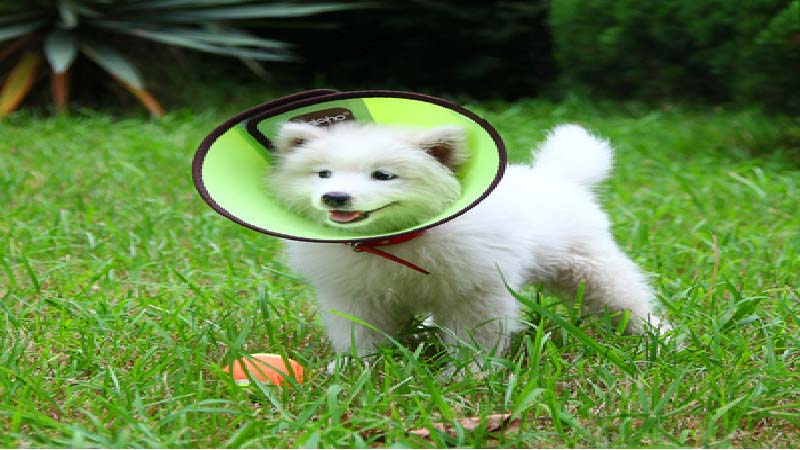
c. Medical Collars: Flea collars and lick-prevention collars.
Choosing the Right Collar for Your Dog
– To select a well-fitting collar, you need to know how to measure your dog’s neck. Measure from the point where the neck meets the body.
– When choosing a collar, opt for a size that is slightly larger than the neck measurement, allowing for a two-finger gap between the collar and the dog’s neck. However, the collar size also depends on the thickness of your dog’s fur, so take that into account when measuring.
For common types of collars (flat collars, quick-release collars, and harnesses), pay attention to the material. As most of these collars are made of nylon, a too-tight collar can cause itching and discomfort. Fortunately, padded collars are now available on the market, providing a softer and more comfortable option.

For training collars, make sure to research the size and material thoroughly before purchasing and using them. Improper use or an ill-fitting size can cause physical and psychological harm to your dog. These types of collars are more suitable for larger, more robust dogs.
For medical collars, use them when your dog is facing health issues. Pay close attention to the material and size to ensure your dog’s comfort and aid in their recovery.
3. Other Accessories
In addition to collars, dogs may need other accessories. These accessories not only make your dog look stylish but also keep them healthy and assist you in caring for and training your furry companion.
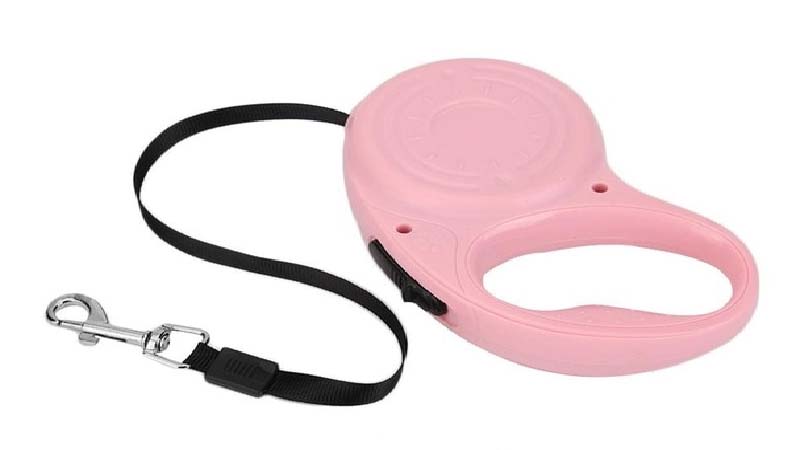
Leashes: Used for walking your dog. There are various types of leashes available, such as retractable leashes with handles and assistive leashes.

Harnesses: These are usually used in conjunction with leashes and provide comfort for your dog during walks.

Pet Tags: Used to engrave your pet’s name and your contact information. Pet tags help ensure your pet’s safe return if they ever get lost, as strangers can use the information to contact you.
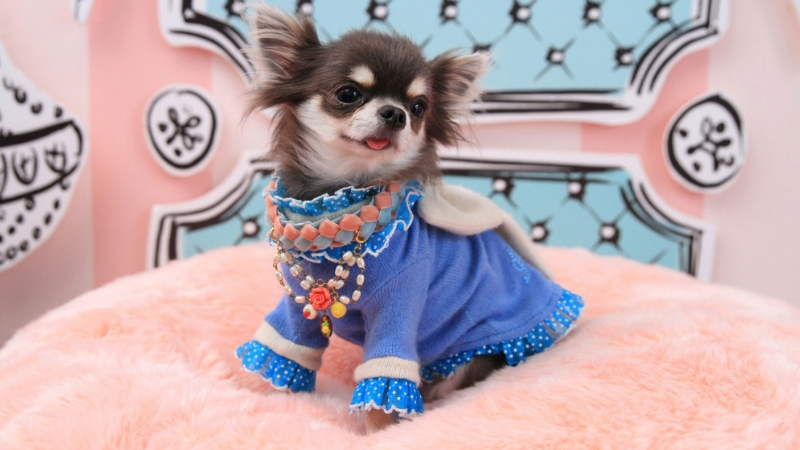
Clothing: Besides making your dog look more attractive, clothing also helps keep them warm during cold weather.
We hope that this information will help you make the right choices for your furry friend.
>>
>>
>>






























